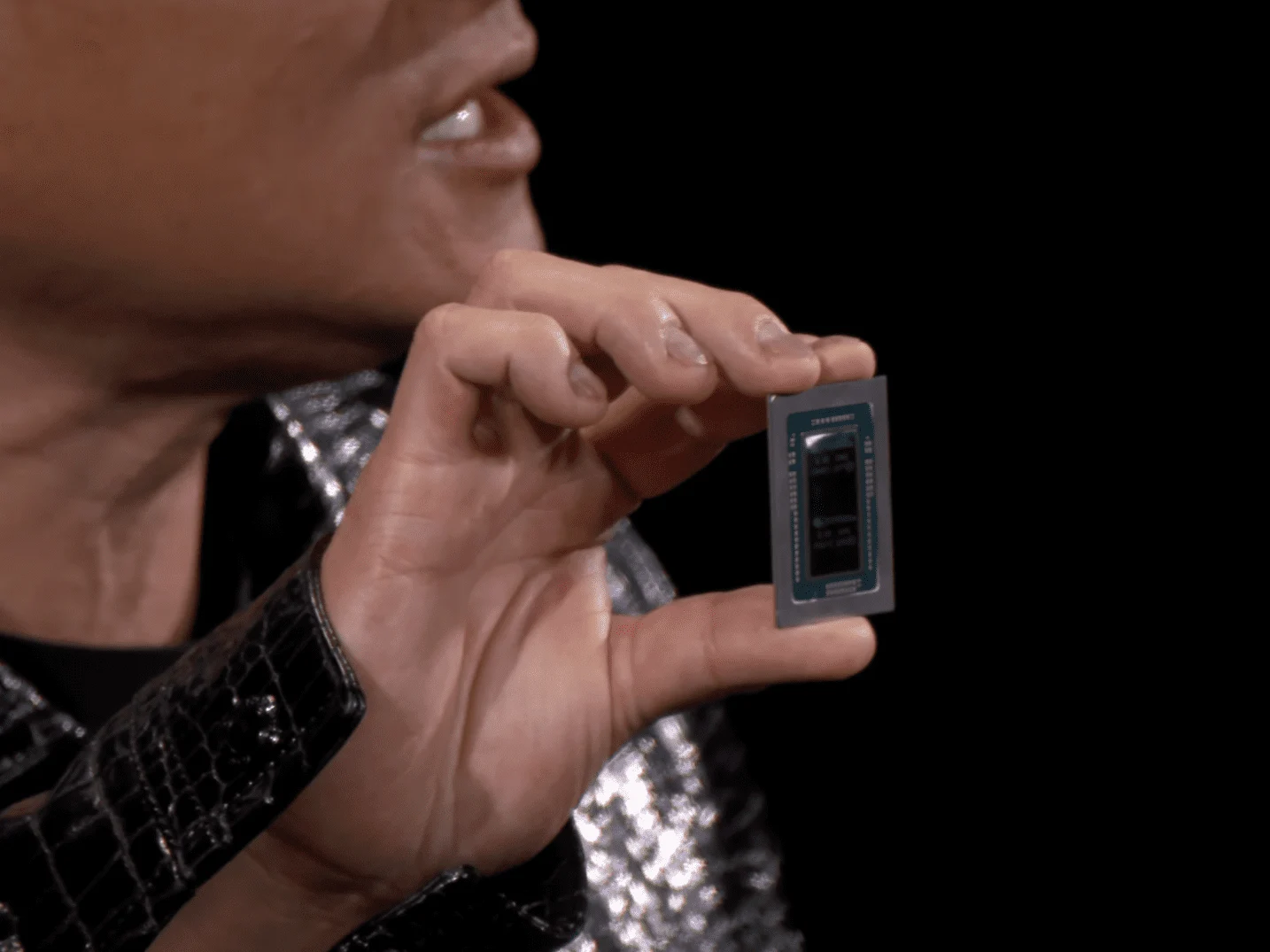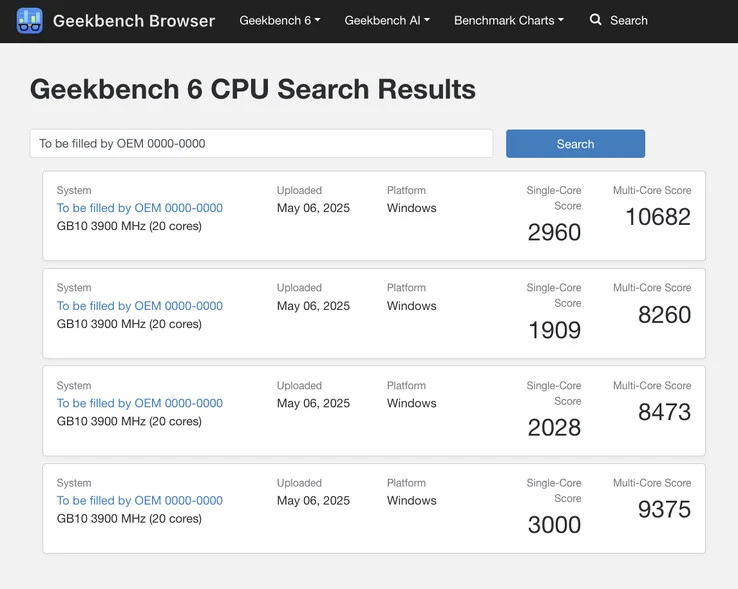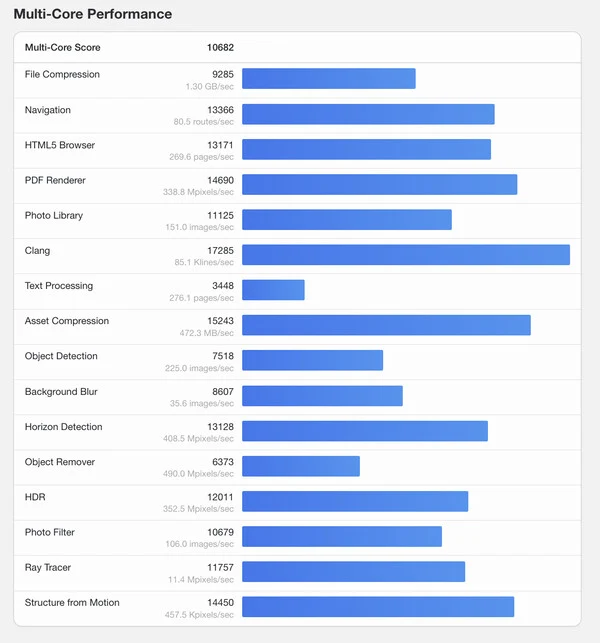Key Takeaways
1. The Nvidia GB10 ‘superchip’ was recently spotted on Geekbench, generating excitement in the tech community.
2. Lenovo’s ThinkStation PGX mini-PC features 128 GB of LPDDR5x RAM and runs on Nvidia’s DGX OS, but storage details remain unclear.
3. The ThinkStation PGX will compete with Apple’s M3 Ultra and AMD’s Ryzen AI Max+ 395, with Apple currently leading in benchmark scores.
4. Nvidia’s GB10 chip features a combination of 10 Cortex-X925 and 10 Cortex-A725 cores, positioning it between competitors.
5. Anticipation is growing for more information on the ThinkStation PGX, especially with upcoming events like Computex.
A few days back, a surprising Nvidia chip popped up on Geekbench, seemingly out of nowhere. It was the GB10 ‘superchip’ that was announced some time ago, and even though the listings have been removed now, news has already spread. Thanks to Lenovo, we now get our first glimpse at one of the initial GB10-powered mini-PCs: the Lenovo ThinkStation PGX.
Details on the ThinkStation PGX
Sadly, Lenovo hasn’t shared much about the ThinkStation PGX mini-PC, with the press release mentioning it comes equipped with Nvidia’s DGX OS and software suite. It boasts 128 GB of LPDDR5x RAM on a 256-bit bus, but the storage capacity is not specified. A quick look at Nvidia’s GB10 spec sheet shows that it can support up to 4 TB. Those eager to purchase a Lenovo ThinkStation PGX will have to be patient until Q3 of this year. Although the price hasn’t been disclosed, it’s likely to be on the expensive side.
Competition in the Market
The Nvidia GB10 powered ThinkStation PGX is set to compete mainly against Apple’s M3 Ultra and AMD’s Ryzen AI Max+ 395. From the Geekbench scores alone, Apple leads the field in both single and multi-core benchmarks. The GB10 combines 10x Cortex-X925 cores and 10x Cortex-A725 cores, placing it somewhere between the M3 Ultra and the Strix Halo parts. However, Nvidia’s real strength lies in its software ecosystem, which will surely be tailored for the GB10. Still, we expect to learn more during Computex, where it will hopefully be showcased in greater detail.
Anticipation for More Information
Lenovo’s ThinkStation PGX has generated quite a buzz, but the lack of details leaves potential buyers curious. As more information trickles in, especially with upcoming events like Computex, the anticipation is building for what this mini-PC can really do. With its unique specs and powerful Nvidia backing, it could change the game in the mini-PC market.
Source:
Link






